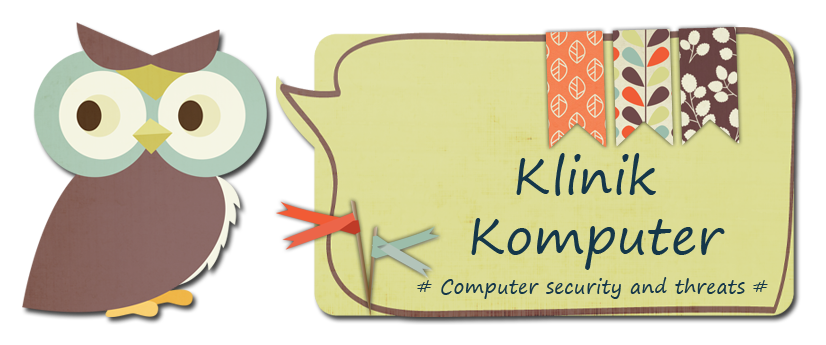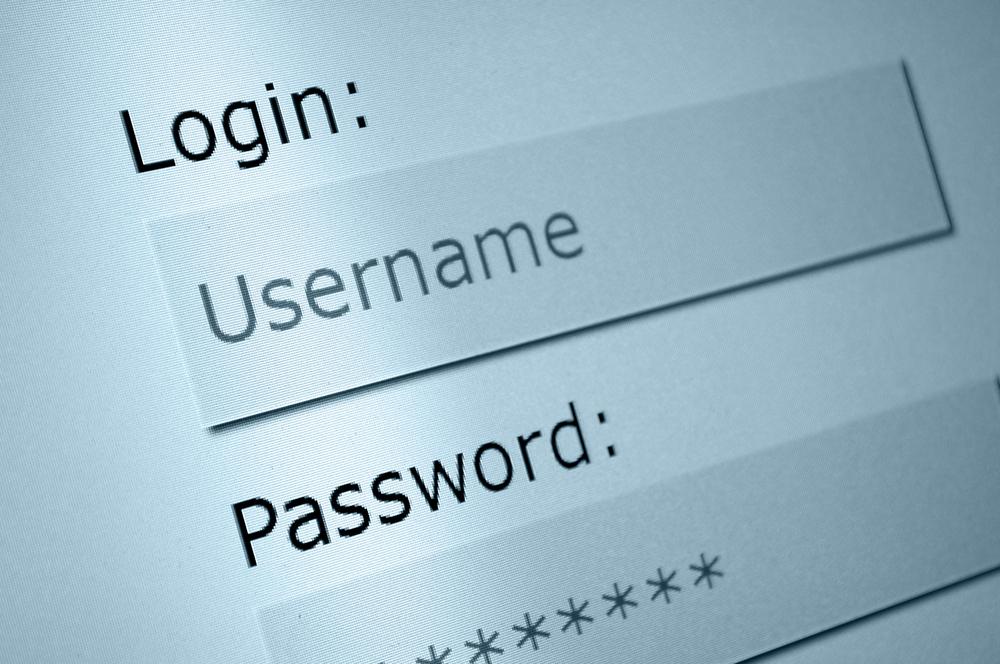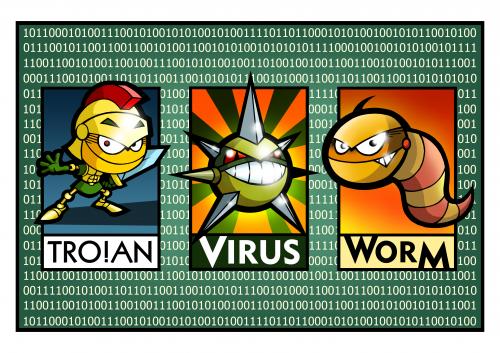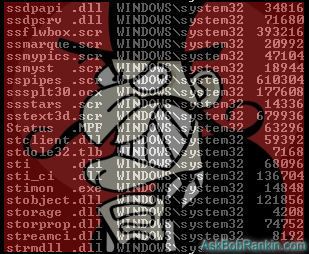- Tip #1: Set up user accounts
One computer, many users, is a security disaster waiting to
happen. Your files and data are your personal, private content and should be
protected accordingly. To prevent other users from seeing or accessing your
data, set up user accounts on your PC. A user account shows an individual's specific
data and not what is present on the entire system. It also specifies privileges
on shared data, such as deleting/editing operations and what software can be
installed on the machine.
This feature is especially useful when kids and adults use
the same machine. What if your child accesses your important work files and
deletes them by mistake? With a separate user account, he/she can only view
certain files and cannot modify or delete them. Even if you are the sole user
of the PC, set up a guest account, in case someone else needs to use the
computer.
- Tip #2: Secure your wireless network
With wired Internet access, there's little risk of someone
encroaching on your network. But wireless networks do have holes in their
security, so as the owner of the network, you need to be vigilant. Setting up
password-protected network access is the first step. You need to assign a
network name and password to your Wi-Fi network. Use the latest wireless
encryption methods like WPA or WPA2. Do not reveal your network password to
others.
- Tip #3: Arm your computer with an anti-virus program
The best defense is a good offense. One of the most basic
computer security guidelines is installing an anti-virus software. Installing
security programs like an anti-virus, keeps your computer round-the-clock safe
against viruses, malware, Trojan worms etc. and other malicious programs. For
better protection, try to install complete security suites, that provide
Internet security and firewalls along with anti-virus software.
- Tip #4: Be regular in updates and virus scans
Just installing an anti-virus program will not protect your
PC. You need to keep it up-to-date with regular virus signature and threat
updates. New viruses and malware programs emerge online each day. Another bad
trait of viruses is that they keep trying to find new ways to enter an
unsuspecting computer. The only way to counter such attacks is to update your
security programs on a regular basis. You should also scan your computer
regularly for dangerous programs. Schedule periodic scans, once-a-month scans,
scanning new added devices and automatic full system scans, to ensure your PC
is threat-free.
- Tip #5: Install parental control software for kid-friendly
computer usage
Keeping your computer secure definitely involves keeping
your kids safe from cyber enemies. Aside from explicit and adult content, you
need to filter and monitor what your kid is up to online. Social networking
sites in particular, are fun online places to socialize but they are also
preying grounds for the depraved. Parental control software allows you to set
filters and block sites as well as receive warnings when suspicious activity is
taking place online.
- Tip #6: Block unwanted search results
You can even change your web browser's security settings to
block certain sites and filter out objectionable content. Such settings are not
as powerful as parental control software but it helps to be extra secure. You
can find this feature in the Tools option of most browsers. With search engines
like Google, you can fiddle with search preferences settings.
Whether it is a picture, an MP3 or a game, downloaded files
are an excellent way for malicious software to enter your computer. Once you
download and install or use a file, there's no telling what it will do to your
machine. So be extra careful when it comes to downloading. Download files from
trusted and preferably certified sites. Sites offering free, cracked versions
of software programs are especially dangerous, as some cracks can contain
malware.
When a download begins, you are asked to save the file
before the downloading actually starts. Read the file name and its extension
carefully, to ensure what you want is being downloaded. While installing a
program, read the license agreement and make sure, only the program you want is
being installed. Sometimes spyware and hidden programs are bundled into the
installer program, and are installed secretly along with your software. Scan
your PC for threats after downloading files from the Internet.
- Tip #8: Be careful with emails
Getting and sending emails is easy, going through your inbox
for mail, that is actually relevant, is not. Email inboxes are storehouses of
junk mail, spam, advertisements, forwards, mail and many times, a hidden
threat. You can keep your inbox sorted and clutter-free by using spam blockers
and filters. Threat-wise, try to avoid opening emails from senders or addresses
you don't know.
A key sign of a malicious email is poor language. Weird,
nonsensical text or poor grammar or even bogus-seeming email addresses are some
signs of a harmful email. Be especially wary of email attachments. Check the
file extension. Files with .exe, .pif, .com,.bin or .bat extensions, can be
malicious. If you do not know the sender of the email, do not open or download
such files, just delete the mail. Instead of opening the attachment from the
mail itself, save the file, let it download and scan it, before opening it.
- Tip #9: Secure your data with backups
Sometimes no matter what steps you take, you lose data. Part
of being secure is having a fail-safe or backup to fall back on, in case
something bad happens. So in case a virus has attacked your files or data is
accidentally deleted, your data is never really lost, if you have a backup of
it. Backup your data regularly, either by storing it on physical devices like
CDs or by backing it up on a network. Set a system restore point for your PC,
so in the event of a system crash, you can restore your PC to a particular
working state with your data intact.
- Tip #10: Be smart with your passwords
Passwords are supposed to keep your individual settings and
data safe, so you need to keep their true value or the actual password safe.
This means, do not write down all your passwords on a piece of paper and keep
it lying around. With numerous passwords, it's understandable that remembering
them all is difficult. So you can write them down but the place where you store
this info, should be secure. And once in a while, please change your passwords.
If in case, they are revealed, updating the passwords can render all hacking
attempts as naught. Another safety precaution is the "remember me"
option in most secure sites. If multiple users access the same PC, do not
select this option.






















.jpg)